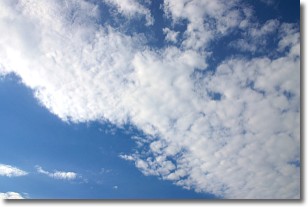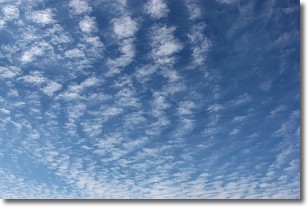Weather Alert in Alaska
Hydrologic Outlook issued May 9 at 1:28PM AKDT by NWS Fairbanks AK
AREAS AFFECTED: Dalton Highway Summits; Central Interior
DESCRIPTION: ESFAFG The Yukon River at Ft. Yukon broke up Tuesday with minor flooding. The breakup front remained stalled at 6 Mile Island below Ft. Yukon as of Thursday afternoon. Water levels remain low upriver. The ice between Fort Yukon and Beaver is slowly degrading, with water levels rising Wednesday night into Thursday at Beaver. Beaver is expected to slowly break up Friday through Sunday. The timing of the breakup front reaching Stevens Village and the Dalton Highway bridge could be anywhere from 1-5 days. This hydrologic outlook will expire at noon on May 10 and not be continued unless there is a change in breakup progression. The Porcupine River has not started to break up in Canada. Increasing flows are not expected for at least seven days at Fort Yukon.
INSTRUCTION: N/A
Want more detail? Get the Complete 7 Day and Night Detailed Forecast!
Current U.S. National Radar--Current
The Current National Weather Radar is shown below with a UTC Time (subtract 5 hours from UTC to get Eastern Time).

National Weather Forecast--Current
The Current National Weather Forecast and National Weather Map are shown below.

National Weather Forecast for Tomorrow
Tomorrow National Weather Forecast and Tomorrow National Weather Map are show below.

North America Water Vapor (Moisture)
This map shows recent moisture content over North America. Bright and colored areas show high moisture (ie, clouds); brown indicates very little moisture present; black indicates no moisture.

Weather Topic: What are Altocumulus Clouds?
Home - Education - Cloud Types - Altocumulus Clouds
 Next Topic: Altostratus Clouds
Next Topic: Altostratus Clouds
Similar to cirrocumulus clouds, altocumulus clouds are
characterized by cloud patches. They are distinguished by larger cloudlets
than cirrocumulus clouds but are still smaller than stratocumulus clouds.
Altocumulus clouds most commonly form in middle altitudes (between 2 and 5 km)
and may resemble, at times, the shape of a flying saucer.
These uncommon formations, called altocumulus lenticularis, are created by uplift
in the atmosphere and are most often seen in close proximity to mountains.
Next Topic: Altostratus Clouds
Weather Topic: What are Cirrocumulus Clouds?
Home - Education - Cloud Types - Cirrocumulus Clouds
 Next Topic: Cirrostratus Clouds
Next Topic: Cirrostratus Clouds
Cirrocumulus clouds form at high altitudes (usually around 5 km)
and have distinguishing characteristics displayed in a fine layer of
small cloud patches. These small cloud patches are sometimes referred to as
"cloudlets" in relation to the whole cloud formation.
Cirrocumulus clouds are formed from ice crystals and water droplets. Often, the
water droplets in the cloud freeze into ice crystals and the cloud becomes a
cirrostratus cloud. Because of this common occurrence, cirrocumulus cloud
formations generally pass rapidly.
Next Topic: Cirrostratus Clouds
Current conditions powered by WeatherAPI.com




